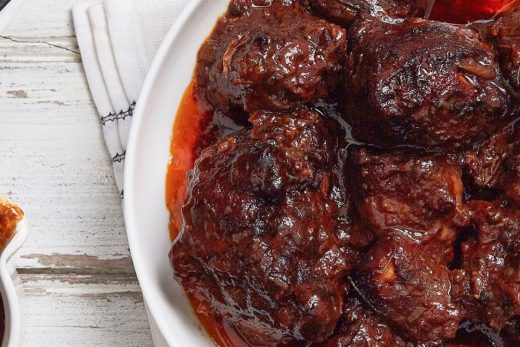Most countries that produce rum require the spirit to be aged, so for our purposes, we will define rum as an aged spirit. This means we will not consider Brazilian cachaça to be a form of rum, since it is unaged.
Finally, if instead of the word rum, you see ron or rhum on a label, don’t worry. You’re merely seeing either the Spanish (ron) or French (rhum) variant of the same word. It’s all rum.
Sugarcane in Madeira. Wikimedia Commons
Normally, when you think of drinking a glass of grass, you’re probably thinking of a wheatgrass smoothie, but you’re doing the same thing when you belly up and order a daiquri or mojito. Sugarcane, it turns out, is a grass—a member of the same family as corn, wheat, sorghum, and rice.
Rum—most of it, anyway—originates in molasses, a by-product of refined-sugar production. In a way, rum is simply a way to use up industrial waste—the molasses left behind after sugarcane juice was boiled, cooled, and cured.





